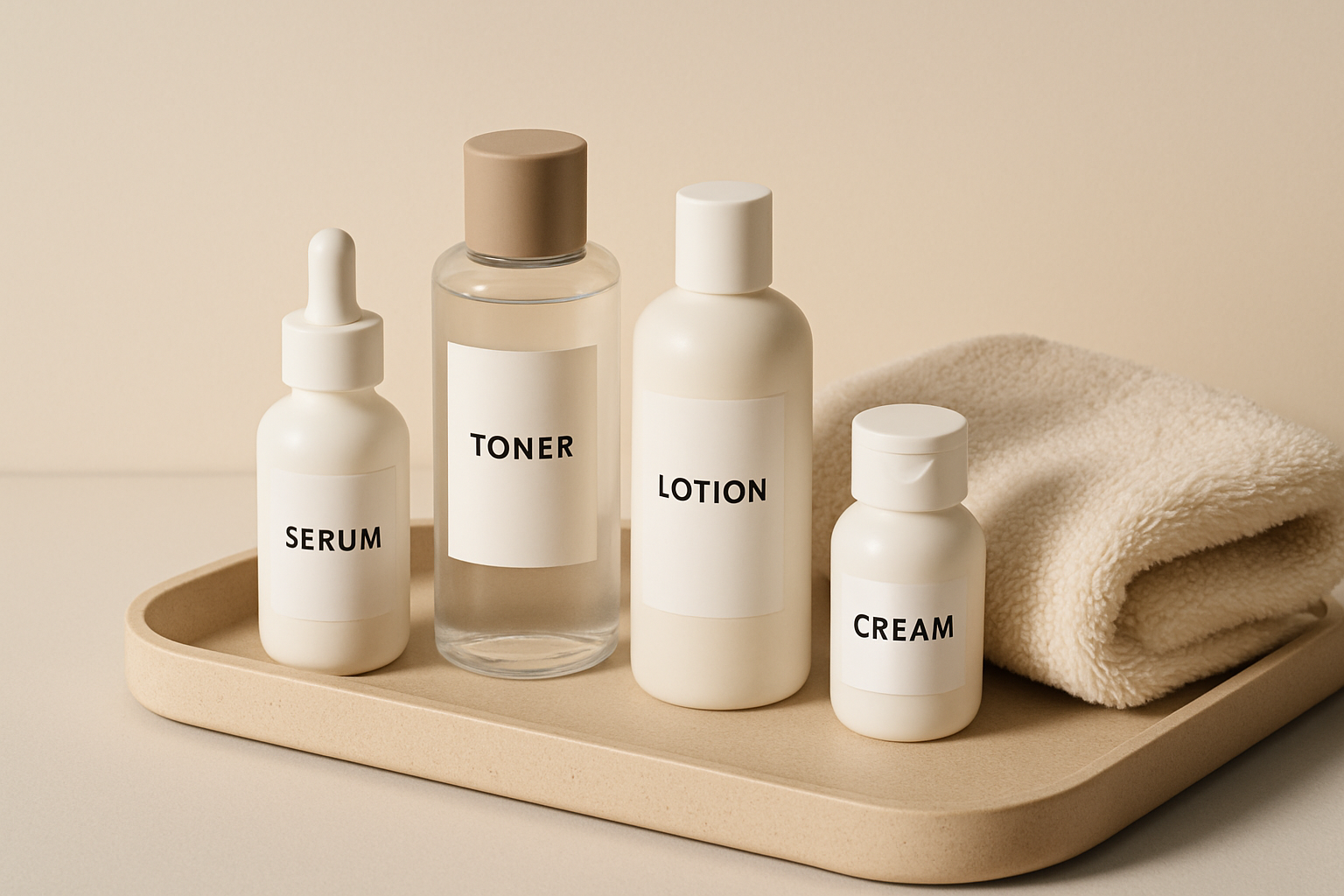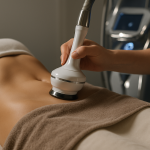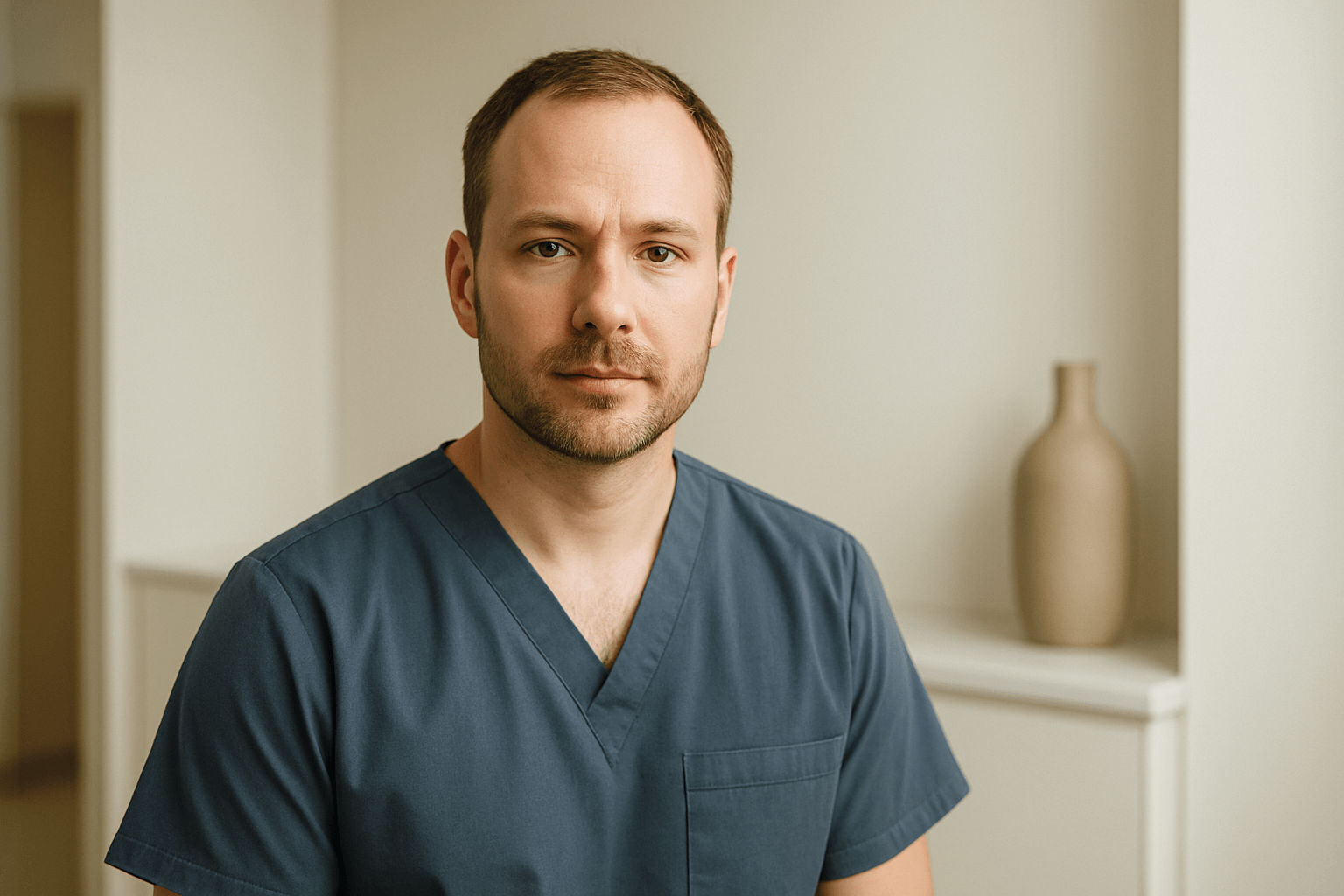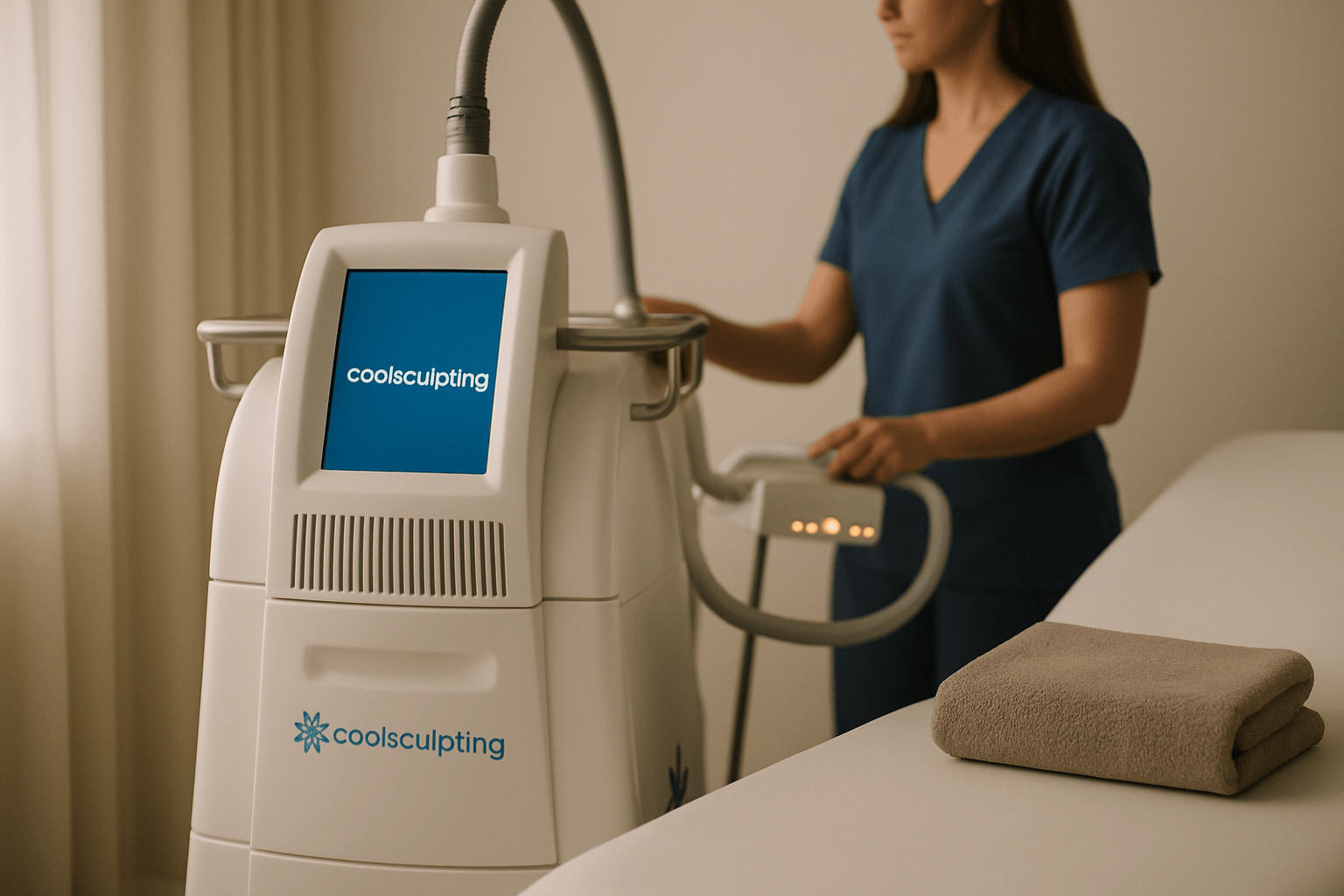Thinking about leveling up your daily skincare with medical-grade products? You’re not alone—many people are curious about what sets medical-grade skincare apart, how to build an effective routine, and when they can expect to see real changes. Whether you’re battling stubborn acne, hoping to minimize fine lines, or just want consistently radiant skin, the right routine makes a measurable difference.
Medical-grade skincare is formulated with higher concentrations of active ingredients, is rigorously tested, and often delivers faster, more noticeable results than over-the-counter products. But seeing the best results requires a smart, stepwise approach and consistency. This guide covers how to build a medical-grade skincare routine for any skin type, what to expect at each stage, and key tips from skincare professionals.
Jump To:
TLDR – Quick Guide
- Start with a personalized consultation to assess your skin type and goals.
- Cleanser, antioxidant serum, moisturizer, and SPF are the essentials for every skin type.
- Introduce targeted treatments (retinoids, acids, pigment correctors) one at a time, as recommended.
- Most people notice smoother, brighter skin within 2–4 weeks.
- Full transformation—like even tone, fewer wrinkles, and minimal breakouts—often takes 3–6 months.
- Regular check-ins with your provider help fine-tune your regimen and maximize results.
Step-by-Step: How to Build a Medical-Grade Skincare Routine
1. Start with a Professional Consultation
A true medical-grade skincare routine begins with a detailed skin analysis—either in-person or virtual. A licensed provider will assess your skin type (oily, dry, combination, sensitive) and specific concerns (acne, pigmentation, aging, texture). They’ll help you select products with the right active ingredients and strength for your unique needs.
2. Core Routine for Every Skin Type
Regardless of your concerns, these essentials create a solid foundation:
- Cleanser: Removes impurities and excess oil without stripping the skin barrier.
- Antioxidant Serum (e.g., Vitamin C): Defends against daily damage and brightens tone.
- Moisturizer: Hydrates and supports repair; formulas can be matched to skin type.
- Broad-Spectrum Sunscreen: Protects against UV damage, a must for preventing aging and discoloration.
3. Introduce Targeted Treatments
Once your skin is accustomed to the basics (usually 2–4 weeks), add professional-strength actives, as recommended:
- Retinoids (Retinol, Tretinoin): Stimulate collagen, improve texture, and clear breakouts.
- Exfoliating Acids (AHA, BHA): Unclog pores and even out rough or dull skin.
- Pigment Correctors (Hydroquinone, Azelaic Acid, Arbutin): Fade sunspots and melasma.
- Peptides, Growth Factors: Support repair and firm aging skin.
Introduce only one new active at a time to monitor your skin’s response and minimize irritation.
4. Adjust for Skin Type and Season
- Oily/Acne-Prone: Use lightweight, non-comedogenic hydrators and gentle chemical exfoliants.
- Dry/Sensitive: Choose fragrance-free, barrier-repairing moisturizers and mild cleansers.
- Combination: Alternate products for different areas as needed.
- All Skin Types: May require changes in winter (more hydration) or summer (lighter textures).
5. Consistent Use and Professional Monitoring
Consistency is the secret to results. Regular follow-ups with your provider (every 4–12 weeks) allow for tweaks based on your progress, changes in skin, or seasonal shifts. Your regimen may evolve over time as your skin improves.
When to Expect Results from a Medical-Grade Skincare Routine
- Weeks 1–2: Early improvements in texture and hydration; skin feels smoother and looks fresher.
- Weeks 3–4: Brighter tone, fewer breakouts, less visible redness or irritation.
- Months 2–3: Significant changes in firmness, clarity, and evenness. Lines and dark spots begin to fade.
- Months 4–6: Full benefits achieved—reduced wrinkles, balanced tone, minimized acne and scarring.
- Timeline varies by skin type, consistency, and chosen actives. Medical-grade formulas often deliver faster, longer-lasting results than drugstore brands.
What Makes Medical-Grade Skincare Different?
- Higher Concentrations: More active ingredients, professionally formulated.
- Clinically Tested: Backed by research for proven efficacy and safety.
- Customizable: Can be adjusted to your evolving needs by a provider.
- Better Penetration: Formulated for optimal absorption, giving you more noticeable changes.
Common Side Effects and How to Manage Them
Mild redness, dryness, or tingling can occur when introducing strong actives like retinoids or acids. These usually subside as your skin adjusts. Always follow your provider’s instructions, start slowly, and report persistent irritation for tailored advice.
Realistic Expectations: What Most Patients Experience
- Immediate Wins: Fresher-feeling, softer skin in the first two weeks.
- Steady Progress: More even tone, clearer pores, and visible radiance by one month.
- Long-Term Transformation: Reduced fine lines, firmer texture, fewer blemishes, and resilient skin after several months.
Patience, persistence, and professional support are key for sustainable results.
Key Takeaways
- A medical-grade skincare routine is a stepwise, personalized process—best results come with consistency and professional guidance.
- Most people notice early improvements in 2–4 weeks, but dramatic transformations build over 3–6 months.
- Regular monitoring and small adjustments keep your routine effective and your skin at its best.
- Don’t skip sunscreen—it protects your investment in healthy skin.
FAQs
How soon will I see results from a medical-grade skincare routine?
Most patients notice subtle improvements in 2–4 weeks. More dramatic changes, like smoother texture or reduced wrinkles, typically require at least 2–3 months.
Can I combine over-the-counter products with medical-grade skincare?
Yes, but consult your provider to avoid irritation or ingredient conflicts. Medical-grade routines are often most effective when used as directed without layering unnecessary products.
Do I need to use all steps every day?
Core steps (cleanse, antioxidant, moisturize, SPF) are daily essentials. Targeted treatments like retinoids or acids may be introduced a few times a week at first.
Are medical-grade products safe for sensitive skin?
Many are formulated for sensitive skin types, but always start with a provider’s recommendation and patch-test new products.
How often should I update my skincare routine?
Review your regimen with your provider every few months or when your skin’s needs change (seasonal shifts, aging, or new concerns).







